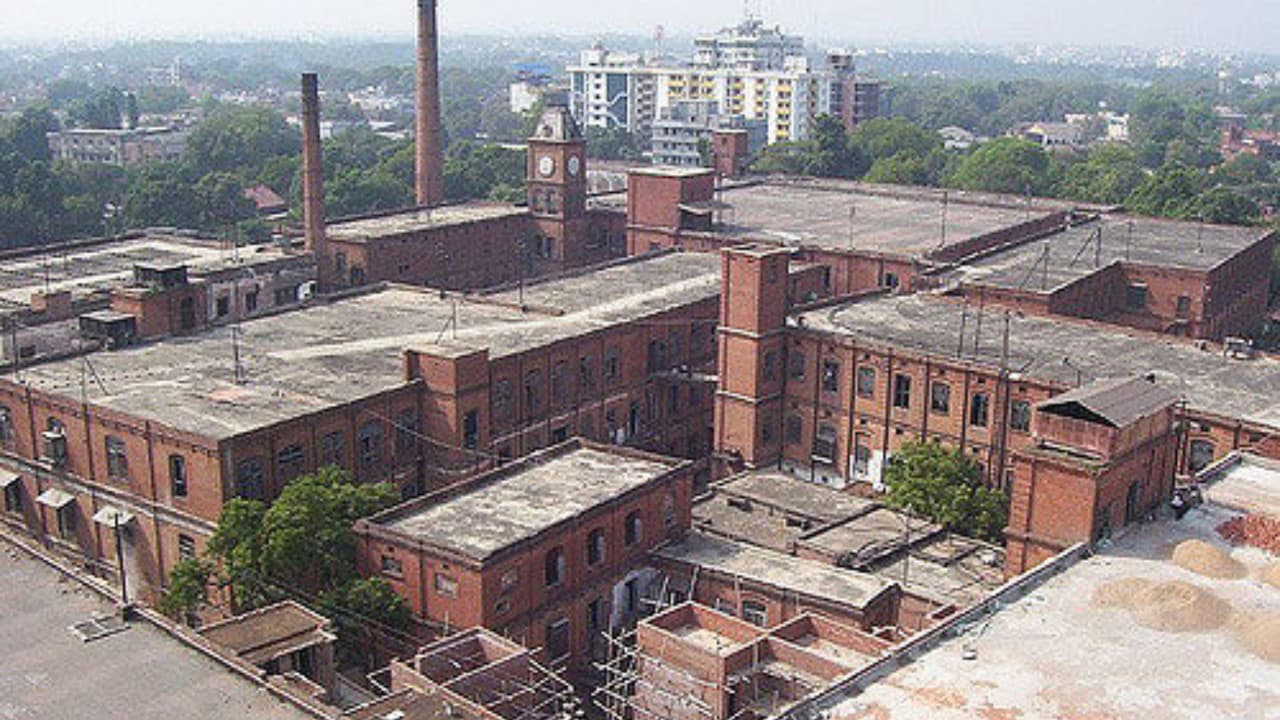Kanpur Textile Industry History: Kanpur, once called ‘Manchester of East’, is facing unemployment and desolation today due to closed mills. There has been a lock on 11 mills for 20 years, whose 252 acres of land is now worth the trillions.
Lal Imli Mill Kanpur: Once called ‘Manchester of East’, the same Kanpur is struggling with the desolation of closed mills today. Mills like red tamarind, whose chimneys were once the identity of the city, has now become ruins. The question is, what will be the future of these closed mills and their precious land?
Why were the mills of Kanpur closed?
Till twenty years ago, Kanpur was named due to its textile industry in the country and the world. But the red tape, union books and changing industrial structures gradually stalled these mills. Today, a total of 11 mills, five of which are under NTC and five are under the British India Corporation, the locks are stuck.
Also read: Heavy rains will be estimated in these parts of UP on 25-26 August, IMD estimated
Why did environment and technology become blockage?
Experts believe that it is not easy to restart these mills. Due to being situated in the middle of the city, there is a possibility of pollution from them. Also, textile production is now being done in modern, small and automatic plants. In such a situation, traditional mills will not be able to compete.
How precious is the land of these mills?
These mills have about 252 acres of land, which is priced in trillions today. From Myor Mill to indigenous cotton and red tamarind to Kanpur Textile – all these are located at prime locations. The land of the Tafco mill located on VIP Road is also out of use and ruins have been formed.
Different opinions in society
The society is divided about the future of the mills. Advocate Vijay Bakshi believes that residential and commercial projects can be started here, which will increase employment. Young advocate Mayuri wants the mills to resume. At the same time, the leader of the Employees Union Ajay Singh says that if the pollution control plant (ETP Plant) is set up, then production is possible and materials can be made for soldiers and hospitals from here.
Kanpur MP Ramesh Awasthi said that there has been talk with Prime Minister Narendra Modi and Chief Minister Yogi Adityanath on this issue. He says that if it is possible to start a mill, it will be given priority, but it is proposed to start IT hub or other business activities in most places. This will not only reduce pollution, but will also create new employment for the youth.
The question of closed mills of Kanpur is not only related to the industry, but also with the identity and employment of the city. What will be the future of a historic mill like Lal Tamarind, it is not decided at the moment, but both the government and society are eyeing this decision. In the coming days, it will be clear that Kanpur will get back its old industrial glow or adopt a new path.
Also read: Nikki Murder Case: Dream parlor, Insta reels and dowry demand … Nikki’s death shook everyone
